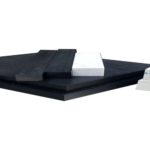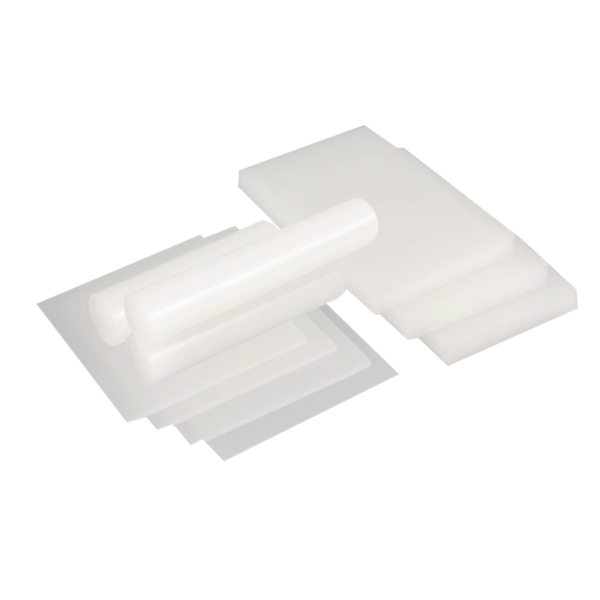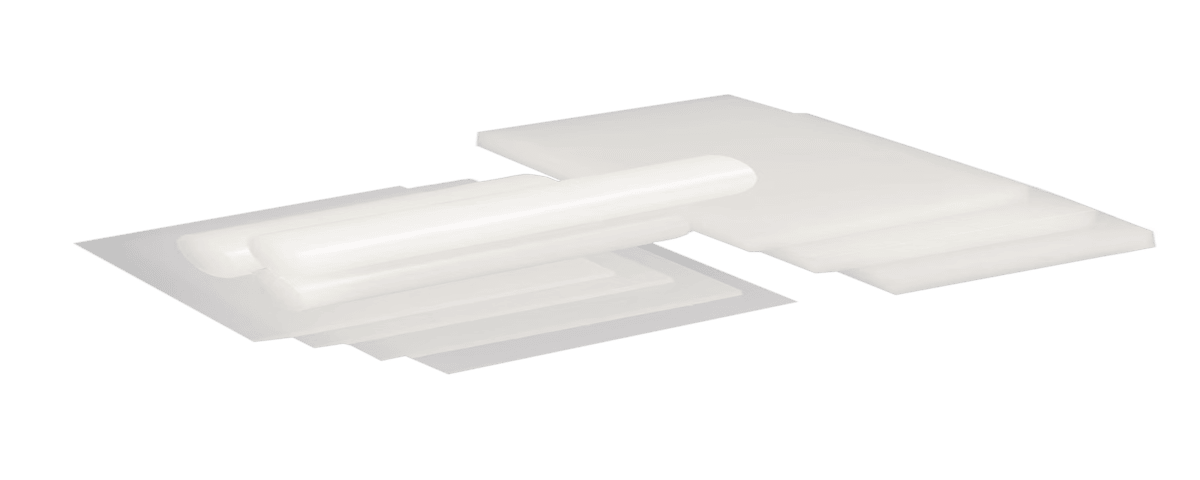
Is HDPE the same as PTFE?
November 19, 2024
Why is PET plastic a problem?
November 19, 2024PCTFE, or Polychlorotrifluoroethylene, is a high-performance thermoplastic known for its excellent chemical resistance, low permeability to gases, and ability to withstand high temperatures. The raw material used to produce PCTFE is chlorotrifluoroethylene (CTFE), a fluorinated compound that serves as the primary building block for the polymer.
What is Chlorotrifluoroethylene (CTFE)?
Chlorotrifluoroethylene (CTFE) is a monomer, meaning it is a small molecule that can polymerize to form a larger macromolecule, which in this case is PCTFE. CTFE is synthesized through the reaction of chlorine gas with tetrafluoroethylene (TFE), a highly reactive and fluorinated compound. This process results in a molecule that contains both chlorine and fluorine atoms, giving PCTFE its unique combination of properties.

How is PCTFE Made from CTFE?
The production of PCTFE involves the polymerization of chlorotrifluoroethylene monomers. This is typically done using free-radical or ionic polymerization methods, which link the individual CTFE molecules into long chains, forming the PCTFE polymer. These polymer chains give PCTFE its desirable mechanical and thermal properties.
Key Properties of PCTFE
The use of CTFE as the raw material imparts key properties to PCTFE, such as:
- Excellent chemical resistance to acids, bases, and solvents.
- Low permeability to gases and liquids, making it ideal for sealing and insulation applications.
- High thermal stability, able to withstand temperatures ranging from -200°C to +260°C.
Conclusion
The raw material of PCTFE is chlorotrifluoroethylene (CTFE), which is polymerized to create a material with excellent resistance to chemicals, heat, and gases. These properties make PCTFE valuable in specialized applications like aerospace, medical devices, and cryogenics.






